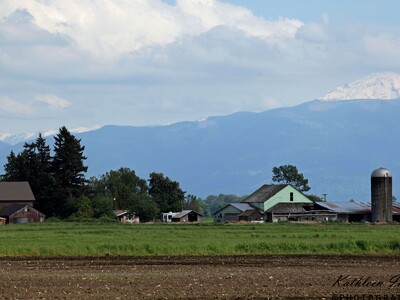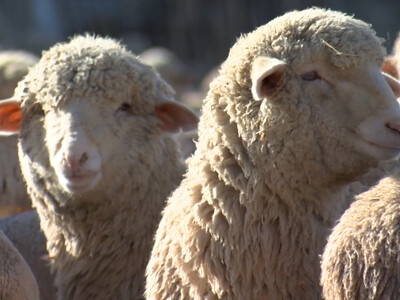Bovine TB
Bovine tuberculosis (TB) is an infectious disease that is close to being eradicated in the United States, but still poses a significant risk to domestic livestock, wildlife, companion animals and humans throughout the world. The disease primarily affects the respiratory tract but can also spread to other parts of the body. The primary route of transmission is the exchange of respiratory secretions between infected and uninfected animals. Various factors affect the efficiency in which TB is spread within a cattle herd. The number of infected animals shedding the organism, as well as the number of susceptible animals present within a herd can have an impact on the transmission of the bacteria.













